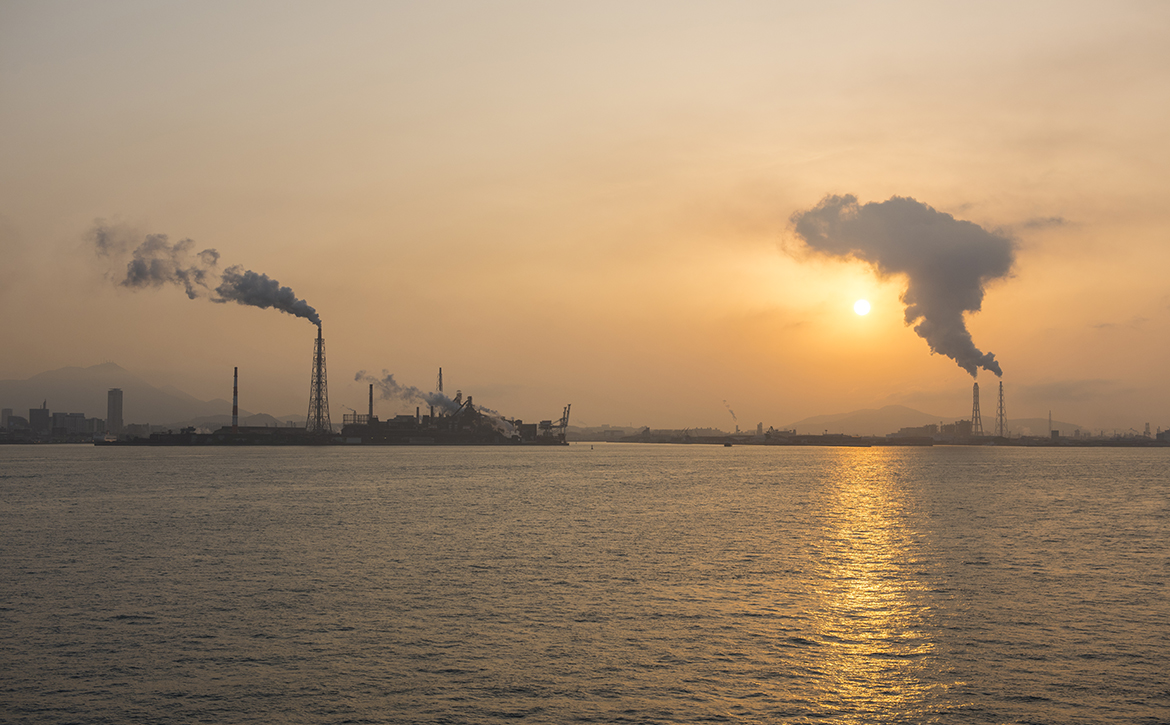The Honourable Justice Brian Preston SC, Chief Judge of the Land and Environment Court of NSW, presented his paper “Using Environmental rights to address climate change” at the Law Council’s Future of Environmental Law Symposium on the 19 April 2018. The paper explores three types of fundamental rights as the basis for claims of environmental protection and the scope of each.
A lack of Australian litigation in environmental rights has led to the paper primarily exploring notable cases in the United States and other countries and the controversial application of these rights in mitigating climate change. What are these rights which enforce claims for protection?
Justice Preston explores three sources of law for environmental rights, being:
1. The public trust doctrine
2. Constitutional rights and
3. International human rights.
Each one will be explored separately below.
The public trust doctrine
Many US climate change litigants have relied on the public trust doctrine to enforce governments and government enterprises to mitigate greenhouse gas emissions.
The public trust doctrine holds that the state (as the trustee) is under a duty to maintain and protect common natural resources (trust property) in a manner that is in the interest of the public (beneficiaries). This may include, for example, the state government of California being obligated to protect human and environmental uses of navigable waters, when allocating water resources (as in the Mono Lake case: National Audubon Society v Department of Water and Power of the City of Los Angeles (1983) 658 P 2d 709).
The various litigations brought by Our Children’s Trust in the United States are exploring the application of the public trust doctrine to the impact of climate change on public assets, such as navigable waters, submerged and submersible lands, and the atmosphere. In the controversial US District Court case of Juliana v USA,1 the youth plaintiffs (ranging from ages 9-19) sued the US Government due to its inaction to regulate carbon dioxide emissions. This inaction was claimed to violate the Government’s fiduciary duty under the public trust doctrine.
The District Court declined to summarily dismiss the action, finding that there was sufficient possibility that the Government’s conduct violated the public trust doctrine. The Court deemed it ‘unnecessary’ to determine whether the atmosphere by itself is a public trust asset because the plaintiffs also alleged public trust violations in connection with the territorial sea (ocean) which was accepted to be a public trust asset. The public trust doctrine was not limited to State governments and the Federal government also holds public assets in trust for the people.
The Court held that the public trust doctrine cannot be legislated away, so it has not so it has not been displaced by legislation such as clean air legislation. The doctrine both predates and is secured by the Constitution.
Rights under the constitution
Climate change litigation has also been brought claiming violations of constitutional or statutory rights. Many of these involve a general right to life or a specific right to a clean and healthy environment. An example outside the United States is the litigation by a farmer in Pakistan who successfully claimed that the Pakistan government’s inaction in implementing government policies for adaptation to climate change offended his fundamental rights, including the right to life (Asghar Leghari v Federation of Pakistan (Lahore High Court, WP No 25501/ 2015, 18 January 2016)).
In the United States, some litigation has claimed a violation of a different constitutional right, being the ‘due process’ clause contained within the US and various state constitutions.
Again, in Juliana v USA, the youth plaintiffs argued that the Government’s inaction and negligence in regulating greenhouse emissions violated the due process clause which prevents the Federal government from depriving a person of “life, liberty or property” without the “due process” of law. The District Court declined to summarily dismiss the proceedings.
The Court found a nexus between the youth plaintiffs’ lives and livelihood and the current sustainability of the environment.
The Court found that “a stable climate system is quite literally the foundation of society” and a stable climate system is a necessary condition to exercising other rights to “life, liberty and property.” The long- awaited trial for this case is set for 29 October 2018.
Similarly, in the Hawaiian case of Re Application of Maui Electric Company,2 the Hawaii Public Utilities Commission approved a ‘power purchase’ from an energy producer whom relied on the burning of coal and petroleum. The plaintiff environmental organisation submitted it had a property interest in a ‘clean and healthful environment’ pursuant to Article XI, section 9 of the Hawaii Constitution, which would be affected by the approval of the power purchase. The plaintiff argued that it should have been afforded a ‘due process’ hearing resulting from the risk of this decision depriving this property interest.
The Supreme Court, on appeal, found that the decision to approve the power purchase would adversely affect the plaintiff’s constitutional interest in a ‘clean and healthful environment’ and that due process required the Commission to have allowed the plaintiff to participate in a preliminary hearing prior to the Commission approving the power purchase.
International human rights
The last category of rights presented by Justice Preston is the more general one of human rights under domestic and international conventions. One example was the recent advisory opinion of the Inter-American Court of Human Rights (IACHR).3
The Colombian government requested the IACHR to issue an opinion on the environmental impact of the proposed major infrastructure projects in the Caribbean. The IACHR concluded on a general level that there is an “irrefutable relationship” between the protection of the environment and human rights. The IACHR held that the degradation of the environment through climate change affects the ‘rights to life’ and the ‘personal integrity’ of the human race.
The IACHR stressed that the governments should act in accordance with the ‘precautionary principle’ for the purposes of protecting the right to life before approving large projects. In pursuing a ‘precautionary’ approach, states should regulate activities and carry out environmental impact studies where there is a risk of significant environmental damage.
What can be taken from this?
Ultimately, Justice Preston explores three types of rights used to enforce claims for environmental protection: the public trust doctrine, constitutional rights and international human rights. Although these three types of rights seem simple at face value, their application in US courts in pushing governmental action to mitigate climate change has been problematic and come with much resistance. If climate change is to be addressed in the near future and human rights are to be preserved, climate change litigation will become of increasing importance.
Click here for a fuller understanding of His Honour’s paper.
This article was prepared with the assistance of Adam Kennedy-Hunt, Law Student, Hunt & Hunt. It first appeared in the Winter 2018 edition of LPS News, published by the Legal Practice Section of the Law Council of Australia.
1. Juliana v USA (D Or, 6:15-cv-1517-TC, 8 April 2016).
2. 408 P 3d 1 (Haw Sup Ct, 2017).
3. Inter-American Court of Human Rights (Advisory Opinion OC- 23/17 of November 2017).











